If you want to know about the Islamic architecture or staircase design or landscape garden, please click the link.
Introduction
Toyo Ito is a renowned Japanese architect known for his innovative and futuristic designs. He was born on June 1, 1941, in Seoul, Korea, and graduated from the University of Tokyo in 1965.
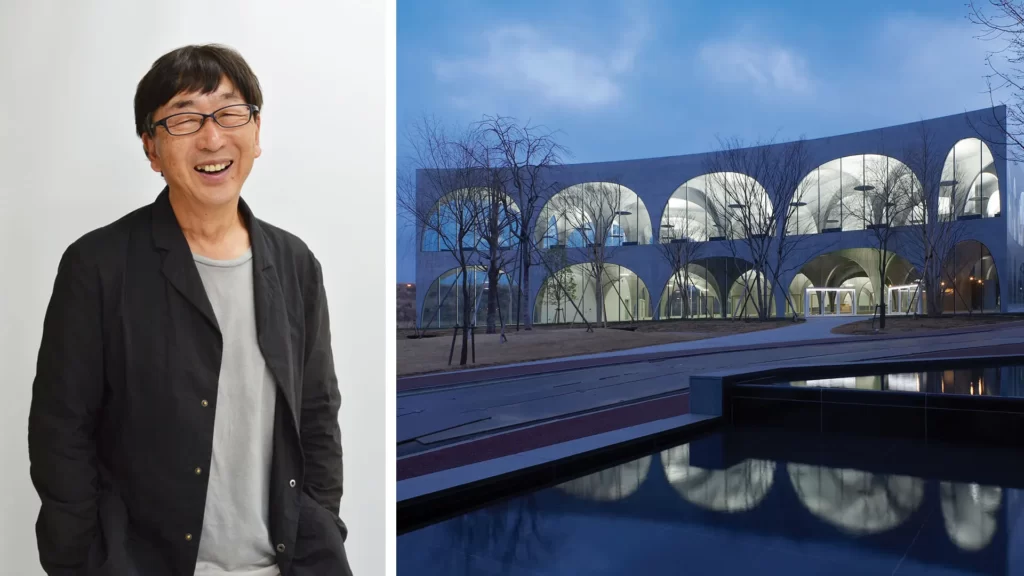
Toyo Ito has made significant contributions to the field of architecture, particularly in the areas of sustainability, technology, and urbanism. He is known for his ability to blend modern technology with traditional Japanese aesthetics to create unique and innovative designs.
1) Early Life and Education
Toyo Ito was born in Seoul, Korea, but his family moved to Japan when he was just a child. His father was a business executive, and his mother was a homemaker.
Ito’s interest in architecture began in high school when he started to design and build model airplanes. He went on to study at the University of Tokyo, where he graduated with a degree in architecture in 1965.
After completing his degree, Ito worked briefly for the renowned Japanese architect Kiyonori Kikutake before establishing his own firm, Urban Robot (Urbot), in 1971.
In the early years of his career, Ito’s work was heavily influenced by the Japanese Metabolist movement, which emphasized the use of modular, flexible structures that could adapt to changing urban environments.
One of the most significant influences on Ito’s work during this period was the Japanese architect Kenzo Tange, who was one of the leading figures of the Metabolist movement.
Tange’s work inspired Ito to explore new approaches to urban planning and design, which would later become a hallmark of his own work. Additionally, Ito was also heavily influenced by the work of the American architect Louis Kahn, particularly his use of light and space in his designs.
This influence is evident in many of Ito’s later works, which incorporate elements of light and shadow to create a sense of depth and movement.
2) Career Beginnings
Toyo Ito’s early career was marked by experimentation and innovation. After founding his firm, Urbot, in 1971, Ito began to explore new approaches to urban design and architecture. He became known for his willingness to take risks and push the boundaries of traditional design.
- One of Ito’s most significant early projects was the Sendai Mediatheque, a multimedia library and cultural center in Sendai, Japan, completed in 2001.
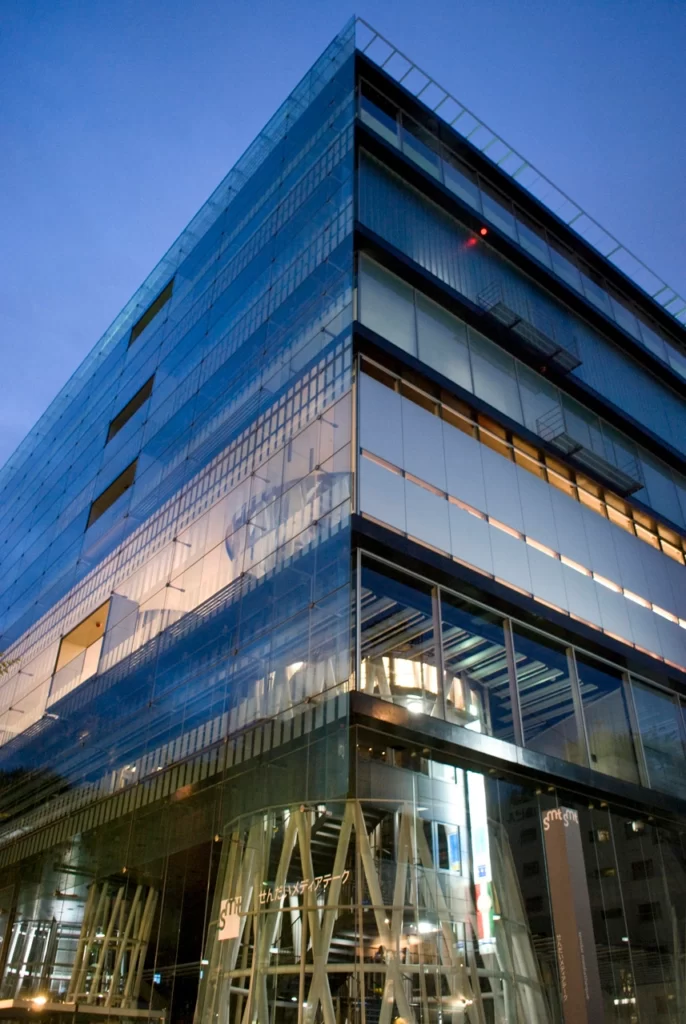
The building’s open, transparent design was a departure from traditional library design, and it featured a complex structural system that allowed for maximum flexibility and adaptability. The Sendai Mediatheque received widespread acclaim and helped to establish Ito as a major figure in contemporary architecture.
- Another notable project during this period was the Tower of Winds, a public art installation in Yokohama, Japan, completed in 1986.
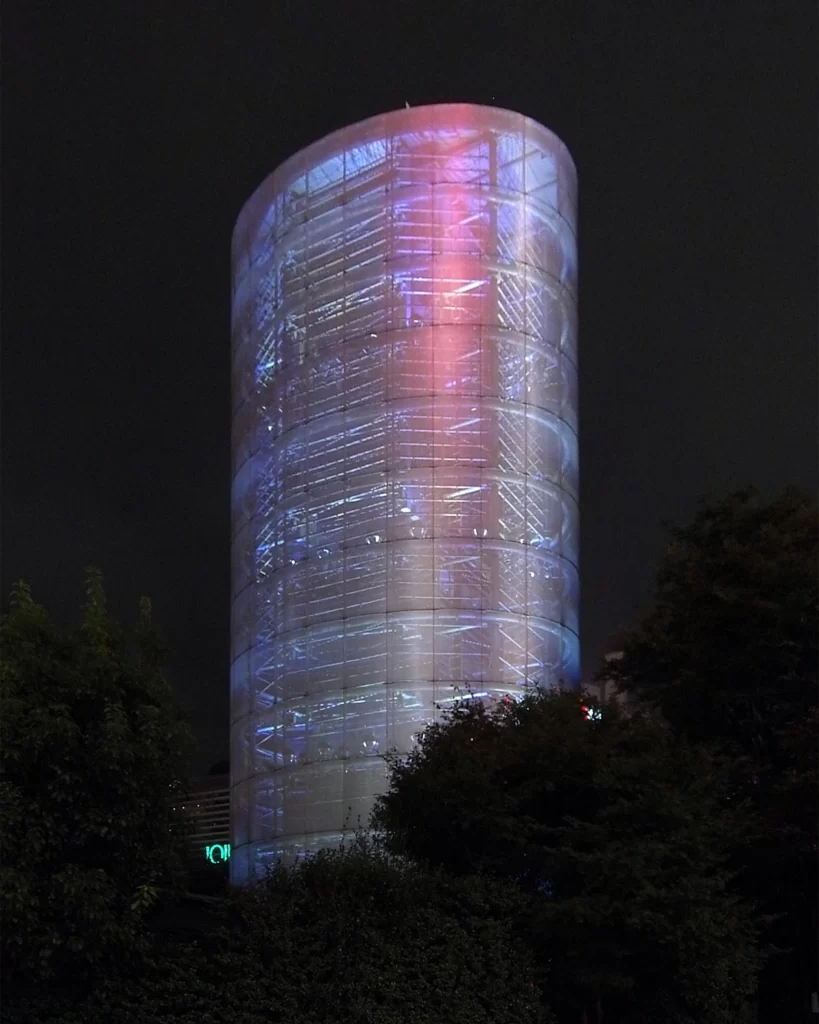
The Tower of Winds was a futuristic tower that used wind power to create a series of changing light and sound patterns. The tower was a collaboration between Ito and the artist Mariko Mori and was an early example of Ito’s interest in using technology to create immersive, interactive environments.
During this time, Ito’s design philosophy was centered around the idea of creating buildings that could adapt to changing environments and needs.
He was interested in exploring new approaches to structural design and materials, as well as in creating buildings that could function as living organisms.
Ito was also committed to sustainability and environmentalism, and many of his early projects incorporated elements of energy efficiency and natural light.
Overall, Ito’s design philosophy during this period was marked by a willingness to take risks, experiment with new ideas, and push the boundaries of traditional design.
3) Major Works
Toyo Ito has created many significant works throughout his career, but some of his most notable projects include:
- Sendai Mediatheque – a multimedia library and cultural center in Sendai, Japan.

- Tama Art University Library – a library for Tama Art University in Tokyo, Japan.

- TOD’S Omotesando Building – a commercial building in Tokyo, Japan.

- Taichung Metropolitan Opera House – an opera house in Taichung, Taiwan.
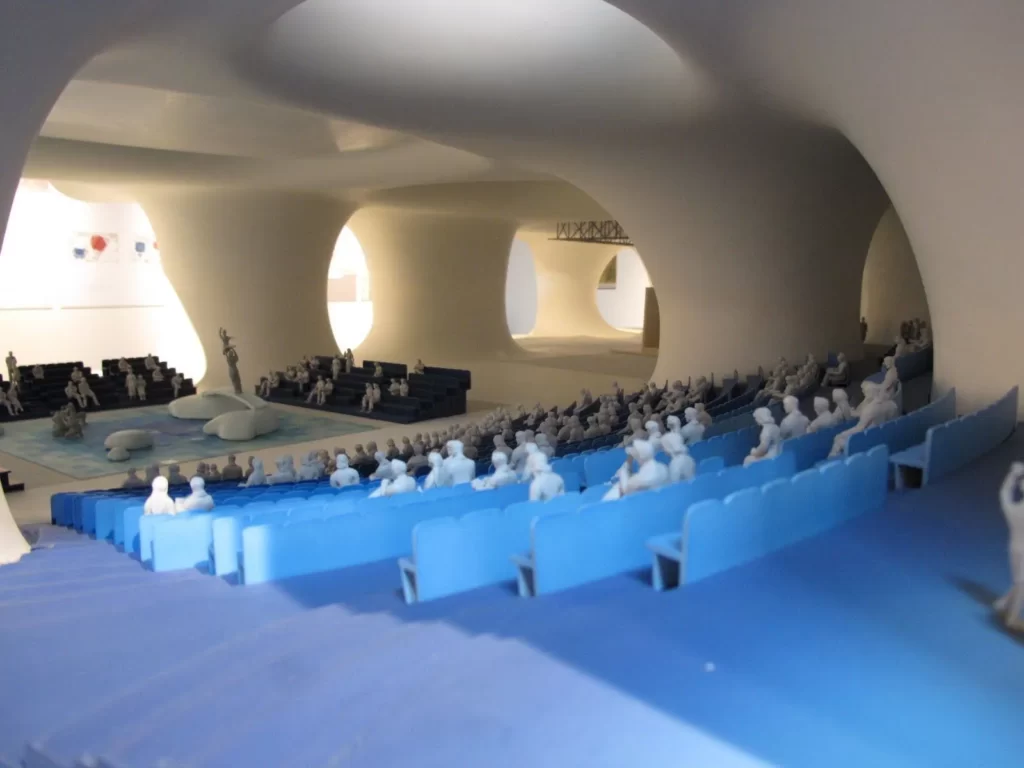
National Taichung Theater – a performing arts center in Taichung, Taiwan.
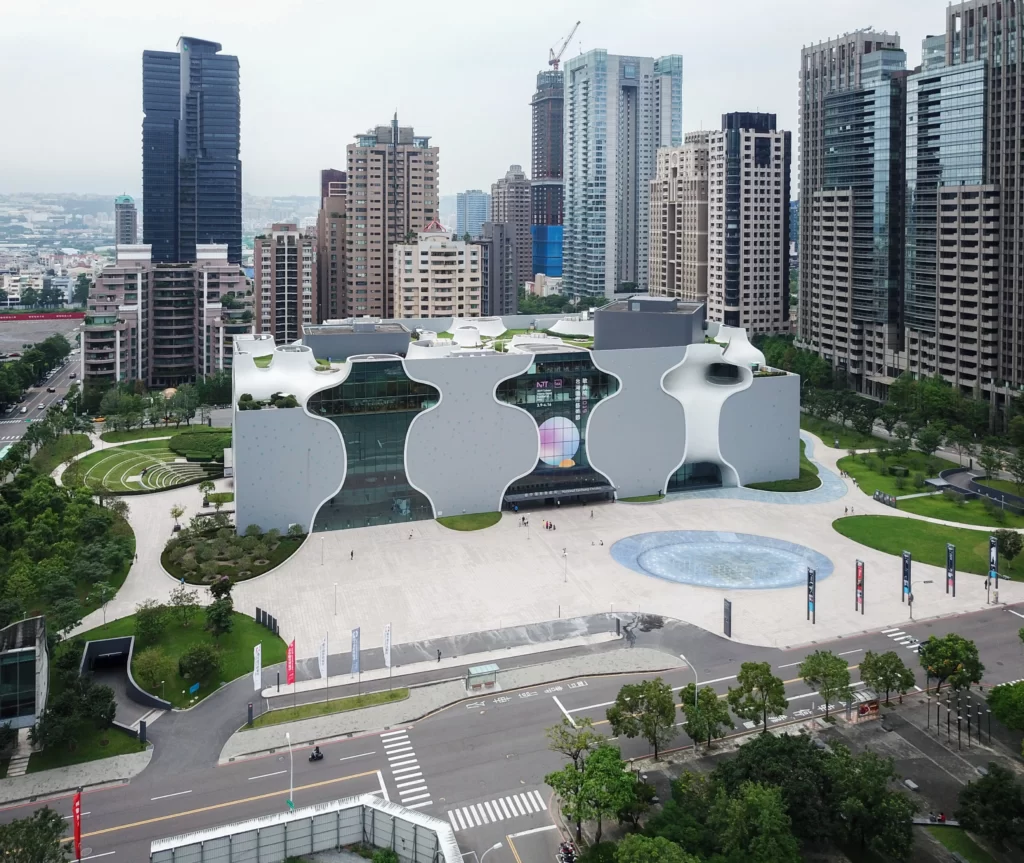
- Each of these works required careful attention to design and construction to realize Ito’s vision. For example, the Sendai Mediatheque’s open, transparent design required a complex structural system that used slender, curved columns to support the building’s weight.
- The Tama Art University Library featured a unique, undulating roof that allowed natural light to enter the building, while the TOD’S Omotesando Building used a series of undulating glass panels to create a dynamic, fluid facade.
- The Taichung Metropolitan Opera House and the National Taichung Theater both required innovative structural systems to create large, open performance spaces.
One of the unique features of Ito’s work is his use of natural light and organic shapes. Many of his buildings incorporate elements of light and shadow to create a sense of movement and depth, while his use of curved, flowing lines creates a sense of organic, fluid movement.
Another distinctive feature of Ito’s work is his focus on sustainability and energy efficiency, as many of his buildings incorporate elements of green design and energy-efficient technologies.
Overall, Ito’s work is characterized by a willingness to push the boundaries of traditional design and explore new approaches to structural design and materials.
4) Awards and Achievements
Toyo Ito has received numerous awards and recognition for his contributions to the field of architecture. Some of the most significant include:
- Pritzker Architecture Prize (2013)
- Royal Gold Medal from the Royal Institute of British Architects (2006)
- UIA Gold Medal from the International Union of Architects (2002)
- Ordre des Arts et des Lettres from the French Ministry of Culture (1995)
- Mainichi Art Award (1990)
One of Ito’s major achievements in his career has been his ability to bridge the gap between architecture and technology.
Throughout his career, he has been at the forefront of incorporating new technologies and materials into his designs, and he has helped to push the boundaries of what is possible in the field of architecture.
Additionally, Ito has been recognized for his commitment to sustainability and his use of green design principles in his work.
The awards and recognition that Ito has received have had a significant impact on his career and on the field of architecture as a whole. The Pritzker Architecture Prize, in particular, is widely regarded as the highest honor in the field of architecture, and Ito’s receipt of this award in 2013 helped to raise his profile and cement his reputation as one of the world’s leading architects.
In addition, Ito’s recognition for his use of technology and green design principles has helped to inspire other architects to push the boundaries of what is possible in the field of architecture and to incorporate sustainable design principles into their own work.
Overall, Ito’s awards and recognition have helped to position him as a leading figure in contemporary architecture and have had a significant impact on the field as a whole.
5) Design Philosophy
Toyo Ito’s design philosophy is centered around the idea of creating architecture that is responsive to its context and that encourages social interaction and community engagement.
He believes that architecture should be flexible and adaptable, able to evolve and change over time to meet the changing needs of its users.
Ito also places a strong emphasis on the use of technology and innovation in his work, and he is known for his use of advanced materials and structural systems.
One recurring theme in Ito’s work is the use of light and shadow to create a sense of movement and depth within his buildings. He also often incorporates organic shapes and flowing lines into his designs, creating a sense of fluidity and movement.
Additionally, Ito is known for his use of innovative structural systems and materials, which often push the boundaries of what is possible in the field of architecture.
Over the years, Ito’s design philosophy has evolved to place a greater emphasis on sustainability and the environment. He has become increasingly committed to incorporating green design principles into his work, and many of his more recent projects incorporate elements such as natural ventilation and energy-efficient lighting.
Additionally, Ito has continued to explore the use of technology in his work, but he now places a greater emphasis on using technology to create more human-centered and community-focused designs.
Overall, Ito’s design philosophy has evolved to become more focused on creating architecture that is not only innovative and technologically advanced but that also prioritizes the needs of its users and its environment.
6) Influence and Legacy
Toyo Ito has had a significant influence on the field of architecture, both through his innovative designs and his leadership within the profession.
His work has helped to push the boundaries of what is possible in the field of architecture, and his emphasis on innovation, sustainability, and community engagement has inspired other architects and designers around the world.
Many architects and designers have been influenced by Ito’s work, including Kazuyo Sejima and Ryue Nishizawa of SANAA, who collaborated with Ito on the 2002 Serpentine Pavilion in London. Other architects who have cited Ito as an influence include Bjarke Ingels, Thom Mayne, and David Adjaye.
Toyo Ito’s legacy and impact on the field of architecture are significant. His designs are recognized around the world for their innovative use of technology, their sensitivity to their surroundings, and their commitment to sustainability.
Ito’s influence on the profession extends beyond his built works, however, as he has also been a vocal advocate for the importance of social engagement and community involvement in the design process.
Through his work and leadership, Ito has helped to shape the way that architects and designers approach their craft, and his legacy will undoubtedly continue to inspire and influence future generations of architects and designers.
7) Conclusion
Toyo Ito is a Japanese architect known for his innovative and forward-thinking designs, as well as his commitment to sustainability and community engagement.
This article has discussed Ito’s early life and education, his early career and design philosophy, his most significant works, and his influence on the field of architecture. It has also highlighted his numerous awards and achievements, as well as his evolving design philosophy over the years.
Toyo Ito’s continued relevance in the field of architecture is undeniable. His designs continue to inspire and challenge other architects and designers around the world, and his commitment to sustainability and community engagement is more important than ever in a world facing numerous environmental and social challenges.
As the field of architecture continues to evolve, it is likely that Ito’s innovative and human-centered approach to design will continue to be an important influence and guide.
For further reading or exploration of Toyo Ito’s work, interested readers may wish to explore some of his key writings, such as his book “Tarzans in the Media Forest” or his essay “The Invisible Structure of Architecture.”
Additionally, there are numerous exhibitions and collections of Ito’s work available for exploration, such as the Toyo Ito Museum of Architecture in Japan or the collection of his works available through the Architecture Foundation.
Finally, exploring the work of other architects who have been influenced by Ito, such as SANAA or Bjarke Ingels, may also provide valuable insights into his continuing relevance and impact in the field of architecture.